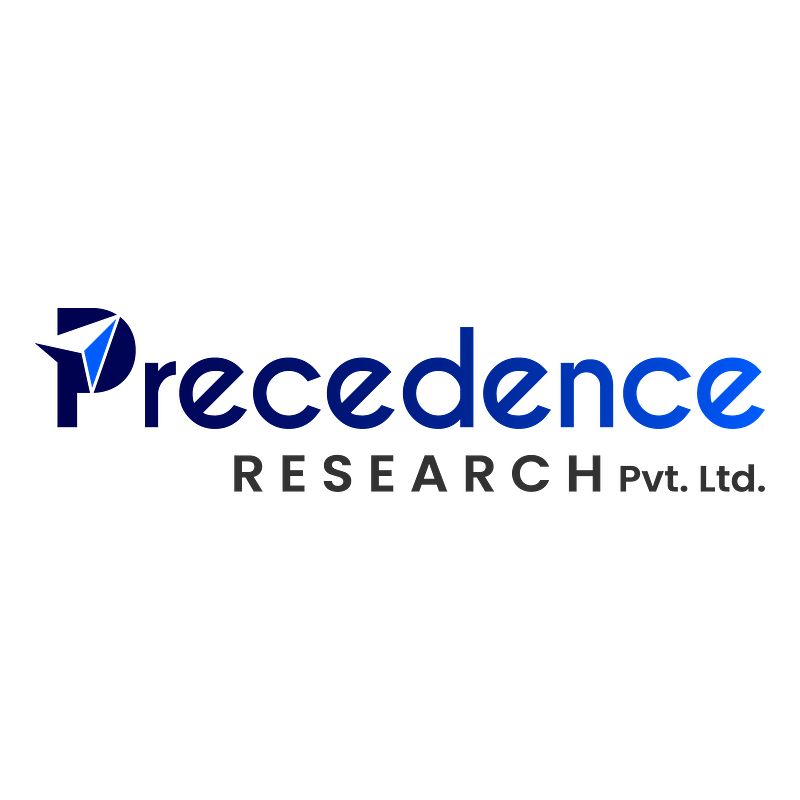
Dry Eye Market Sees Steady Growth as Innovation Addresses Rising Prevalence
A new report forecasts moderate expansion in the lacrimal device market, driven by the increasing incidence of dry eye disease and advancements in treatment options. Investors and manufacturers are taking note.
Dry Eye Market Sees Steady Growth as Innovation Addresses Rising Prevalence
November 17, 2025
A Growing Epidemic Fuels Market Expansion
The global lacrimal device market is poised for steady growth, according to a new forecast from Precedence Research, projecting a rise from $171.35 million in 2025 to $238.24 million by 2034, with a compound annual growth rate (CAGR) of 3.73%. While not explosive, this consistent expansion reflects a confluence of factors, most notably the escalating prevalence of dry eye disease (DED) worldwide. This isn’t simply a matter of discomfort; DED impacts quality of life and, increasingly, is being linked to broader health concerns.
“We are seeing a significant rise in patients presenting with symptoms of dry eye, and it’s no longer confined to older demographics,” notes one ophthalmologist. “Prolonged screen time, environmental factors, and even changes in lifestyle are all contributing to a younger patient base experiencing these issues.” This increasing demand is creating opportunities for device manufacturers, prompting innovation in areas like tear drainage and treatment delivery.
Diverse Treatment Options Drive Competition
The lacrimal device market encompasses a range of products, from punctal plugs and intubation sets to more sophisticated stents designed to maintain open tear ducts. Currently, stents dominate the market share, particularly bicanalicular variants, praised for their material compatibility and ease of placement. However, the landscape is becoming increasingly competitive, with companies like FCI Ophthalmics, Kaneka Medical, and BVI vying for market share. Recent acquisitions, such as Innovia Medical’s purchase of Lacrimedics, indicate a consolidation trend, as companies seek to broaden their product portfolios and expand their reach.
“There’s a lot of focus now on minimally invasive procedures,” explains an industry analyst. “Patients are demanding less disruptive treatments, and manufacturers are responding with devices that offer improved comfort and faster recovery times.” This emphasis on patient-centric care is driving innovation in areas like bio-compatible materials and advanced device designs.
Beyond Devices: A Holistic Approach to Dry Eye
While devices play a crucial role in managing DED, the treatment landscape is shifting towards a more holistic approach. The understanding of dry eye is evolving, with a growing recognition of the complex interplay of factors that contribute to the condition. This has led to the development of novel therapeutic agents, such as prescription eye drops targeting inflammation and tear production, as well as advanced diagnostic tools for earlier and more accurate detection.
“It’s not just about relieving symptoms anymore,” says a researcher specializing in ocular surface disease. “We’re looking at addressing the underlying causes of dry eye, whether it’s inflammation, meibomian gland dysfunction, or other systemic factors.” New technologies like LipiFlow and Intense Pulsed Light (IPL) therapy are gaining traction, offering patients non-surgical options for restoring tear film quality. Moreover, regenerative therapies, including gene and stem cell therapies, hold promise for long-term solutions.
Investment Outlook & Regulatory Considerations
The steady growth projected for the lacrimal device market, coupled with ongoing innovation, presents a favorable outlook for investors. While the growth rate isn't exceptionally high, the consistent expansion offers a degree of stability and predictability. However, investors should be aware of the competitive landscape and the evolving regulatory environment. The U.S. Food and Drug Administration (FDA) and European regulatory bodies continue to scrutinize medical devices, ensuring safety and effectiveness. Changes in regulations, such as the implementation of the Medical Device Regulation (MDR) in Europe, can impact manufacturers and create compliance challenges.
“Regulatory hurdles can be significant, especially for innovative technologies,” notes a regulatory affairs consultant. “Companies need to navigate a complex approval process and demonstrate robust clinical data to gain market access.” Nonetheless, the long-term prospects for the lacrimal device market remain positive, driven by the growing prevalence of dry eye disease and the demand for effective, patient-centric treatments.
As research into the underlying causes of dry eye progresses and new technologies emerge, the market is poised for continued innovation and growth, offering opportunities for both investors and manufacturers alike.
📝 This article is still being updated
Are you a relevant expert who could contribute your opinion or insights to this article? We'd love to hear from you. We will give you full credit for your contribution.
Contribute Your Expertise →